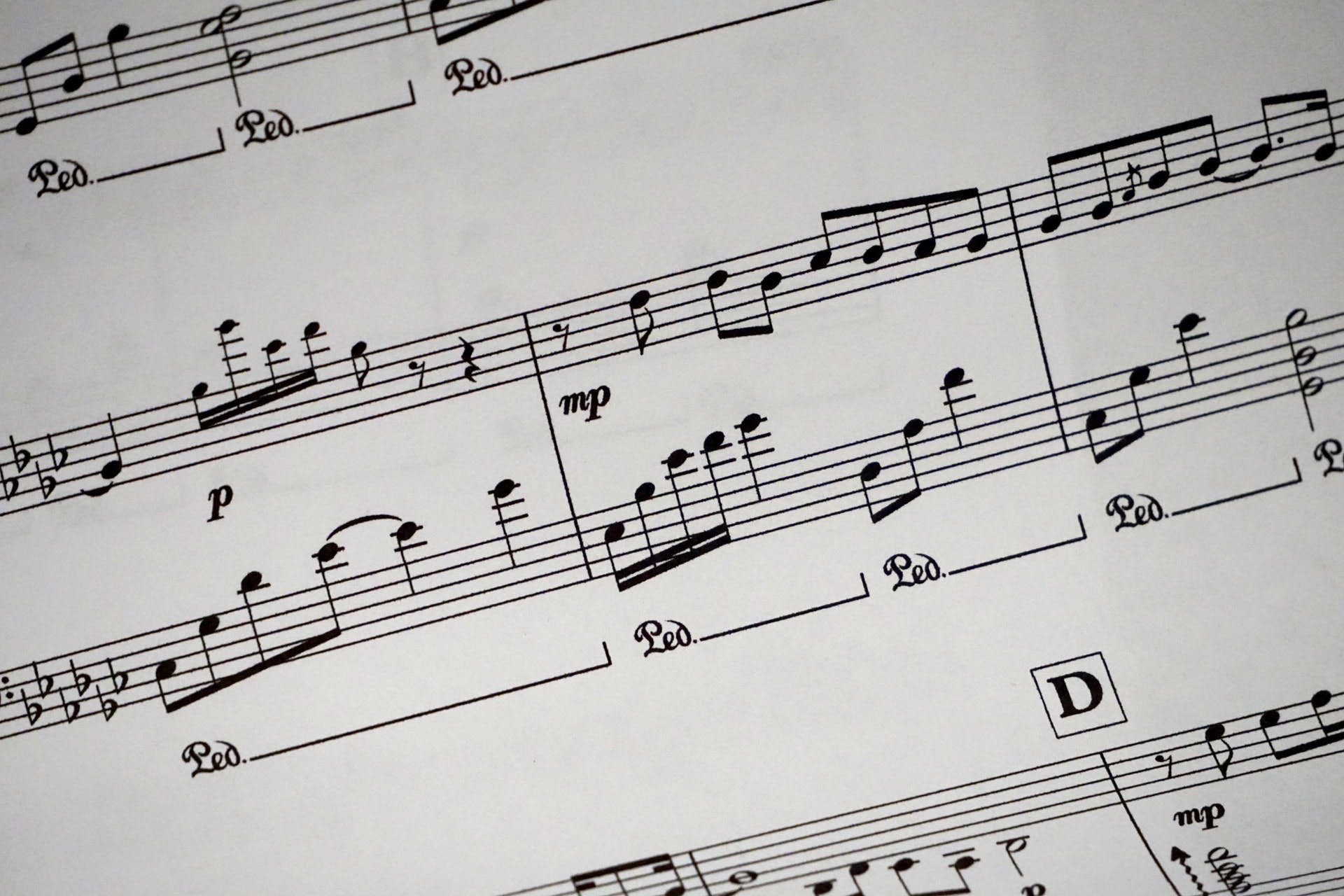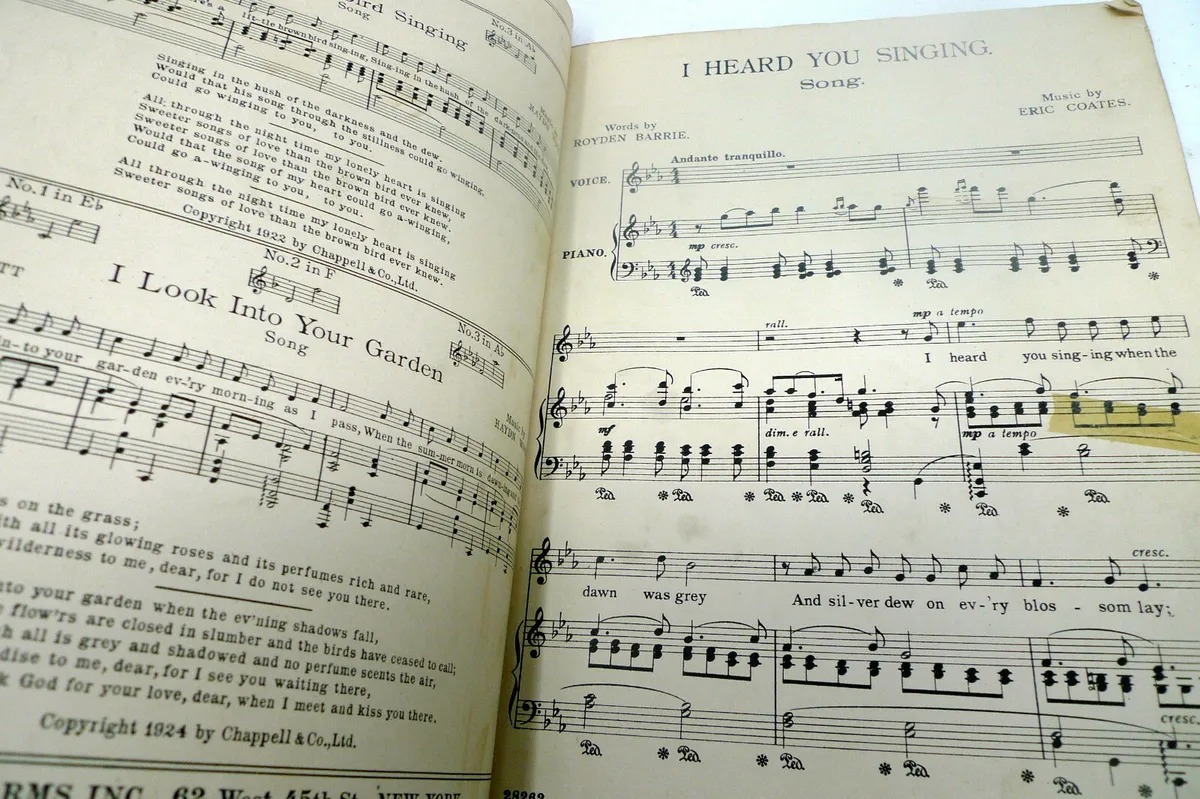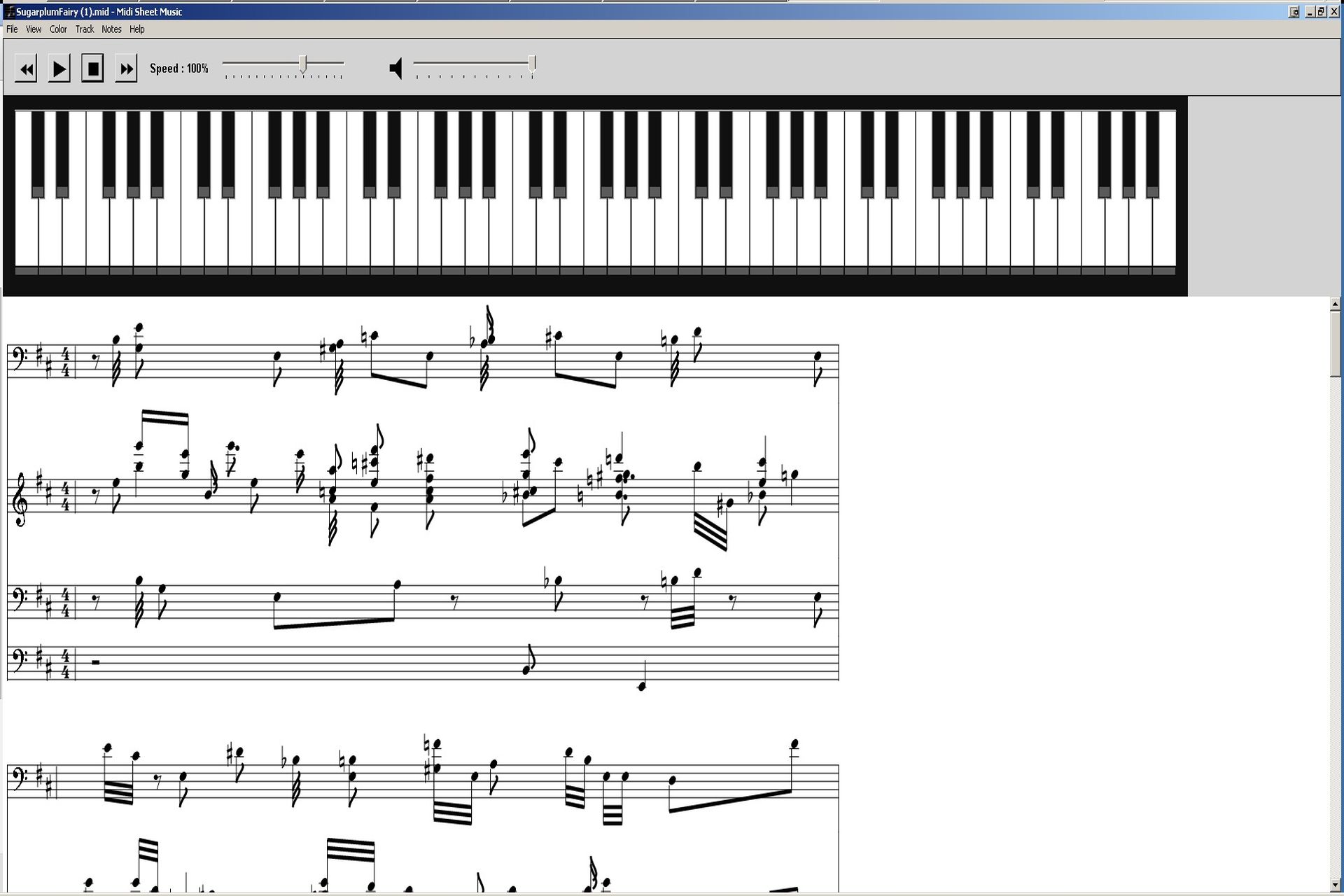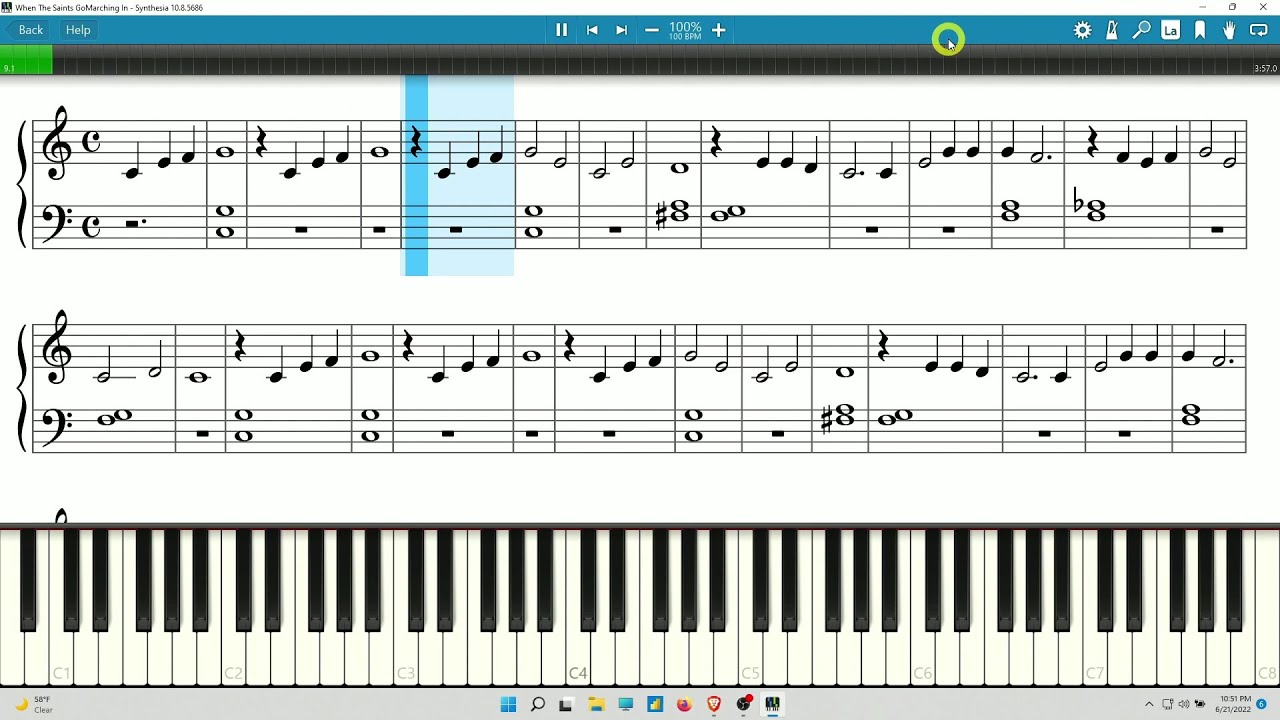Home>Production & Technology>Sheet Music>How To Organize Sheet Music
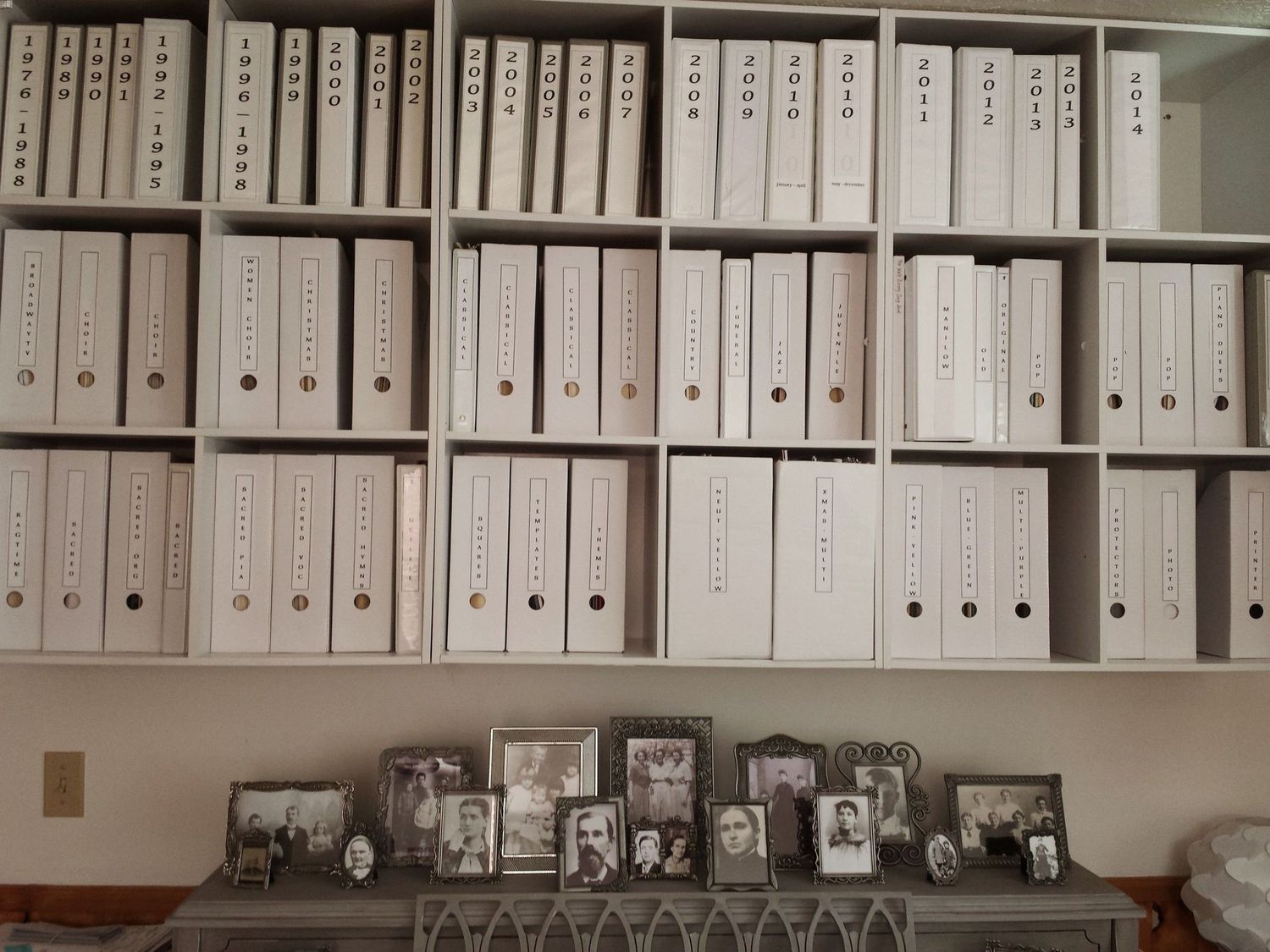

Sheet Music
How To Organize Sheet Music
Modified: January 22, 2024
Learn how to effectively organize your sheet music with our helpful tips and strategies. Easily find and access your favorite sheet music with our expert advice.
(Many of the links in this article redirect to a specific reviewed product. Your purchase of these products through affiliate links helps to generate commission for AudioLover.com, at no extra cost. Learn more)
Table of Contents
Introduction
Sheet music is a valuable resource for musicians of all levels, providing a roadmap for playing a piece of music. However, without proper organization, sheet music can quickly become a tangled mess, making it difficult to find what you need when you need it. That’s why having an organized system for storing and categorizing your sheet music is crucial.
Whether you’re a piano virtuoso, a budding guitarist, or a choir member, having a well-organized sheet music collection can save you time, frustration, and ultimately enhance your musical experience. In this article, we’ll explore how to organize sheet music effectively, from gathering your collection to maintaining and updating it over time.
By following these steps, you’ll not only be able to locate your sheet music quickly, but you’ll also have a better understanding of your repertoire and be able to track your progress as a musician. So let’s dive into the world of sheet music organization and create a harmonious system that works for you.
Step 1: Gather Your Sheet Music
The first step in organizing your sheet music collection is to gather all of your sheet music from various sources and locations. This includes loose sheets, books, digital files, and any other formats in which you have your music.
Start by going through your physical space, such as your music room, bookshelves, and drawers, to collect all the physical copies of sheet music you have. Be sure to check each room or area where you may have stashed your music over time. Don’t forget to include any sheet music that may be stored with other instruments or equipment.
Next, gather your digital sheet music files from your computer, tablet, or other devices. This could include PDFs, scanned copies, or files from online platforms. Ensure that you have all the necessary cables and devices to transfer any digital files if needed.
As you gather your sheet music, make note of any duplicates or multiple editions you may have. This will help in the sorting and categorizing process later on.
Be thorough in this step, as it’s essential to have a complete inventory of your sheet music collection before moving on to the organization process. It will also give you an opportunity to assess the condition of your sheet music and identify any pieces that may need repairs or replacements.
Once you have gathered all your sheet music, it’s time to move on to the next step: sorting and categorizing.
Step 2: Sort and Categorize
Now that you’ve gathered all of your sheet music, it’s time to sort and categorize it. This step is crucial for creating a structured and easily accessible system for your collection.
Start by grouping your sheet music into broad categories, such as instrument type (piano, guitar, violin), genre (classical, pop, jazz), or difficulty level. Choose categories that make sense to you and align with how you naturally think about your music.
Within each category, further divide your sheet music into subcategories. For example, if you have a category for piano music, you can create subcategories for classical, contemporary, and jazz piano pieces. If you have a category for guitar music, you can have subcategories for acoustic, electric, and fingerstyle guitar music.
Consider creating additional categories based on composers, specific musical periods, or even specific events or performances you’ve played in the past. The key is to find a system that works for you and allows you to easily locate the sheet music you need based on your preferences and needs.
As you sort and categorize your sheet music, take note of any missing pieces or gaps in your collection. This can help you prioritize future acquisitions or replacements.
Remember to label each category and subcategory clearly to avoid confusion later on. You can use labels, dividers, or colored tabs to visually distinguish between different sections of your collection.
Sorting and categorizing your sheet music may take some time and effort, but it is an essential step that will significantly streamline your sheet music organization process. Now that you’ve sorted your sheet music, it’s time to move on to step 3: choosing a storage system.
Step 3: Choose a Storage System
Now that you have sorted and categorized your sheet music, it’s time to choose a storage system that will keep your collection safe, organized, and easily accessible. There are several options to consider, depending on the size of your collection and your personal preferences.
One common storage option is a filing cabinet or drawer system. This works well for keeping physical sheet music organized and protected from damage. Use hanging file folders within the cabinet or drawers to separate your categories and subcategories. Label each folder with the corresponding category or subcategory, making it easy to locate specific pieces.
If you have a smaller collection or prefer a more portable option, consider using binders or folders with labeled sleeves or pockets. This allows you to flip through your sheet music like a book and easily find the piece you need. Use dividers within the binders or folders to separate different categories or subcategories.
For digital sheet music, consider using cloud storage or dedicated music organization software. This allows you to access your sheet music from any device with an internet connection, making it convenient for rehearsals, performances, or practice sessions. Make sure to label and organize your digital files in a way that mirrors your physical categorization system.
Regardless of the storage system you choose, it’s important to keep your sheet music in a clean and dry environment to prevent damage from moisture, pests, or sunlight. Consider investing in protective sleeves or covers for your physical sheet music to safeguard against wear and tear.
Remember to regularly review your storage system and make any necessary adjustments as your sheet music collection grows or changes. By choosing a storage system that suits your needs, you’ll be able to keep your sheet music well-organized and easily accessible for years to come.
Now that you have chosen a storage system, it’s time to move on to step 4: organizing within each category.
Step 4: Organize Within Each Category
Now that you have your sheet music sorted and a storage system in place, it’s time to organize within each category to further streamline your collection. This step involves arranging your sheet music in a logical order that makes it easy to locate specific pieces.
Within each category and subcategory, you can organize your sheet music in various ways, depending on your preference. Here are a few suggestions:
- Alphabetical Order: Arrange your sheet music alphabetically by title or composer’s last name. This is a straightforward method and is particularly useful if you frequently search for specific pieces.
- Chronological Order: Arrange your sheet music based on the date of composition or publication. This can be helpful if you want to explore music within a specific time period or track your progress as you learn pieces from different eras.
- By Difficulty Level: Organize your sheet music from easiest to most challenging or vice versa. This can be useful for practicing purposes, as it allows you to gradually increase the difficulty level of your repertoire.
- By Genre: Group your sheet music within each category based on genre or style. For example, if you have a subcategory for classical piano music, you can further organize it into subgenres like Baroque, Classical, Romantic, and Contemporary.
Choose the method or combination of methods that best suits your needs and preferences. Remember to label each piece clearly within its designated category for easy identification.
If you have digital sheet music, ensure that they are properly named and tagged within your software or cloud storage system. Use consistent naming conventions and metadata to make it easy to locate the digital files you need.
Organizing within each category may take some time, especially if you have a large collection, but it will pay off in the long run by making it effortless to find and access the sheet music you need quickly.
Now that you have organized within each category, let’s move on to step 5: labeling and indexing your collection.
Step 5: Label and Index
Labeling and indexing your sheet music collection is an important step to ensure easy navigation and quick access to specific pieces. By implementing clear labeling and indexing techniques, you will save valuable time when searching for a particular composition.
Start by labeling each physical piece of sheet music with the title, composer, and any other relevant information. You can use adhesive labels or write directly on the sheet music itself (preferably in a non-intrusive area). This will make it easy to identify each piece at a glance.
If you’re using binders or folders, consider creating an index or table of contents for each one. List the titles and composers of the sheet music contained within, along with the corresponding page numbers or location. This index will serve as a quick reference guide, allowing you to find specific pieces without flipping through every page in a binder or folder.
For digital sheet music, make sure to utilize tagging or metadata options within your software or cloud storage system. Include the title, composer, genre, and any other relevant information as tags or metadata. This will enable you to search for and filter your digital sheet music based on specific criteria.
Additionally, consider creating a master index or catalog of your entire sheet music collection. This can be a digital document or spreadsheet that lists all the sheet music you have, categorizing them by instrument, genre, composer, or any other criteria that is meaningful to you. Include relevant details such as publication information, difficulty level, and any personal notes or comments.
A well-organized index or catalog can be invaluable for quickly locating pieces, planning repertoire, or sharing your sheet music collection with others.
Regularly update your labeling and indexing system as you add new sheet music to your collection or make any changes in categorization. This will help you maintain a current and accurate overview of your collection.
With your sheet music labeled and indexed, you’re ready to move on to the final step: maintaining and updating your organized collection.
Step 6: Maintain and Update
Organizing your sheet music collection is not a one-time task; it requires consistent maintenance and updates to ensure its effectiveness over time. By regularly maintaining and updating your organized system, you can prevent clutter, find new music easily, and keep track of any changes or additions.
First and foremost, establish a routine for maintaining your sheet music collection. Set aside dedicated time periodically – whether it’s monthly, quarterly, or annually – to review, reorganize, and declutter. This allows you to keep your collection tidy and up to date.
During your maintenance sessions, check for any duplicate or unnecessary sheet music. Remove any pieces that you no longer use or enjoy, and consider donating or selling them to make room for new additions.
Take note of any missing or lost sheet music, and make it a priority to replace them. Keep a wishlist or a running list of pieces you want to acquire, so you can update it as you come across new music recommendations or stumble upon interesting compositions.
Stay updated with digital sheet music as well. If you have moved your collection to the cloud or changed software platforms, ensure that all of your digital files are properly organized and accessible. Periodically back up your digital sheet music to prevent any loss due to technical issues.
As you acquire new sheet music, integrate it into your existing organization system. Sort and categorize new additions promptly to avoid accumulating a backlog of unorganized music. Label and index them accordingly to ensure seamless integration with your existing collection.
Regularly revisit your categorization and organization methods. Over time, your musical interests and needs may evolve, and your current system may need adjustments. Be open to reorganizing and refining your sheet music collection as needed, allowing it to grow and adapt with you as a musician.
Finally, take care of your sheet music physically. Store it in a clean and dry environment to prevent damage from dust, humidity, or pests. Treat delicate or valuable pieces with extra care, using protective sleeves or covers if necessary. Regularly inspect your sheet music for signs of wear and tear, and consider making any necessary repairs or replacements.
By regularly maintaining and updating your sheet music organization system, you can ensure that your collection remains manageable, accessible, and enjoyable to use. It will save you time and frustration while providing a well-organized resource for your musical endeavors.
With the completion of step 6, you have successfully created and maintained an organized sheet music collection. Congratulations!
Conclusion
Organizing your sheet music is a valuable investment in your musical journey. By following the steps outlined in this article, you can create a system that keeps your sheet music collection tidy, easily searchable, and accessible when you need it most.
Starting with gathering your sheet music and sorting it into meaningful categories, you set the foundation for a well-organized collection. Choosing an appropriate storage system ensures that your sheet music remains protected and in good condition.
Organizing within each category helps you further refine your collection, making it effortless to locate specific pieces. Labeling and indexing provide the necessary navigation tools to quickly find the sheet music you need, whether in physical or digital form.
Remember to maintain and update your organized system regularly. Decluttering, adding new acquisitions, and adjusting your categorization as needed will help your collection stay current and relevant.
Organizing your sheet music not only saves you time searching for pieces but also allows you to better understand and appreciate your repertoire. It provides a sense of control, inspiration, and enables you to make the most out of your musical practice and performances.
So, take the time to organize your sheet music collection today and reap the benefits of a well-structured and easily accessible musical resource.
Happy organizing!

